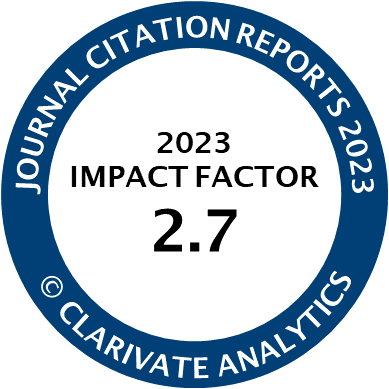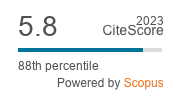Article | Open Access
The Engagement Imperative: Experiences of Communication Practitioners’ Brand Work in the Music Industry
| Views: | 3357 | | | Downloads: | 2631 |
Abstract: Due to societal trends, such as digitalisation, platformisation, and active and co-creative audiences, new organisational practices have surfaced. This study examines how communication practitioners experience their changing work in a new communication environment in which participatory cultural norms are becoming standard in strategic communication. I argue that the requirements to produce audience engagement affect the communication work and the communication workers. This study uses the popular music industry as a case, and is based on interviews with communication practitioners as well as on the qualitative text analysis of reports and newsletters from the music marketing firm Music Ally to the music industry. The study shows that communication practitioners within the industry experience a duty to create audience engagement—an engagement imperative. Although the practitioners are highly skilled in digital communication and social media, they often see the development of digital promotional culture as a challenge and express a lack of a deeper understanding of engagement. This study highlights implications for their professional roles, competences, and identities as well as ethical implications regarding the exploitation of audiences in communication work.
Keywords: audience engagement; communication management; communication practitioner; engagement imperative; ethics; media work; music industry; participatory culture; strategic communication
Published:
Issue:
Vol 10, No 1 (2022): New Forms of Media Work and Its Organizational and Institutional Conditions
© Jessica Edlom. This is an open access article distributed under the terms of the Creative Commons Attribution 4.0 license (http://creativecommons.org/licenses/by/4.0), which permits any use, distribution, and reproduction of the work without further permission provided the original author(s) and source are credited.




